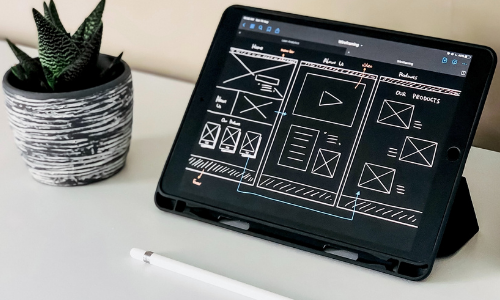EHRs have played a tremendous role in improving preventive medicine, patient-provider communication, and positive drug interactions.
In addition, electronic health record systems have allowed the patient to take a more active role in their own health care plan through patient portals which allow them to track details of their health information.
However, one of the common themes expressed among healthcare providers and administrators is dissatisfaction with their current electronic health record solution. We have heard everything from too many steps and clicks to complete a patient visit to frequent data entry errors due to distraction or fatigue.
Many providers today feel more like they are data entry clerks, spending time at home in the early hours or late nights completing their visits. It has literally sucked the personal touch out of the way they like to practice medicine. This has led to an alarming trend of misdiagnosis and reported medication errors due to dose omission, dosage errors, and extra doses while the providers are entering prescription orders.
Combatting Provider Frustration
So how do we combat provider frustration, monotonous data entry, and data entry errors? One way in which we could efficiently cut down on these patient safety issues and provider fatigue could be through eliminating manual entry. What if we could rely more on the very technology that we have spent so much time learning and implementing?
Why not design a solution that can enter data into the EHR automatically? This automation would help remove the chance of human error that can lead to patient harm and increased clinic costs. This type of tech automation also removes the data entry load off the provider’s plate, allowing them to dedicate more time to what they really want to do – provide great patient care with more face-to-face time and less time with a computer.
Use the button below to learn more about how PCIS has embedded automation tools into their EHR solution, allowing you to chart more efficiently and spend more time with patients.




